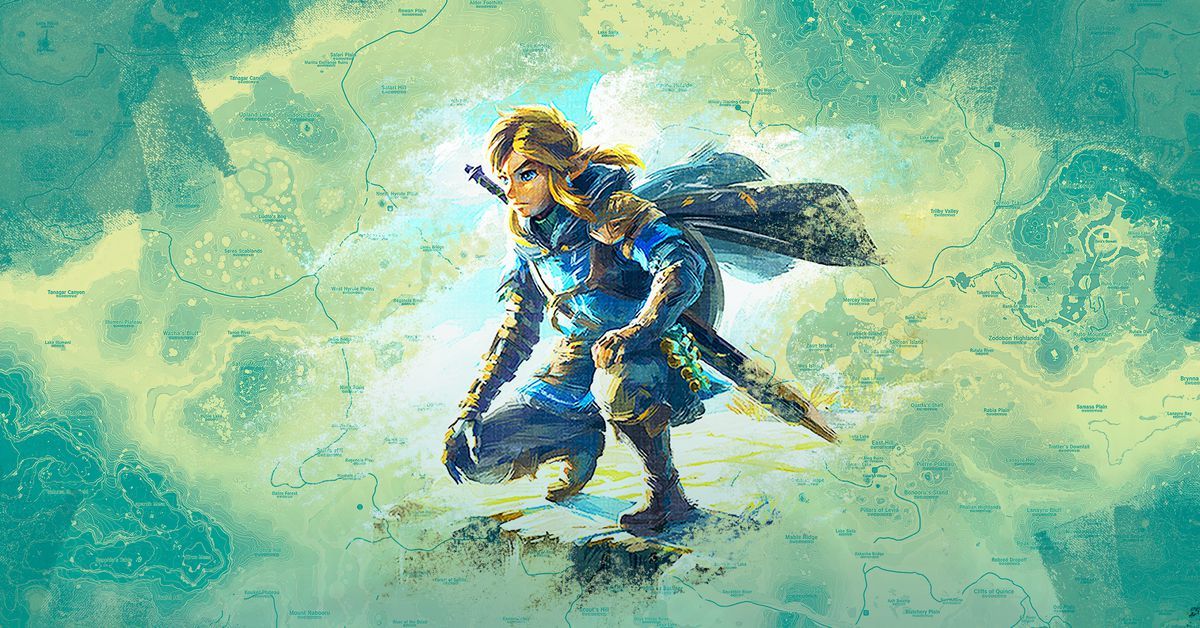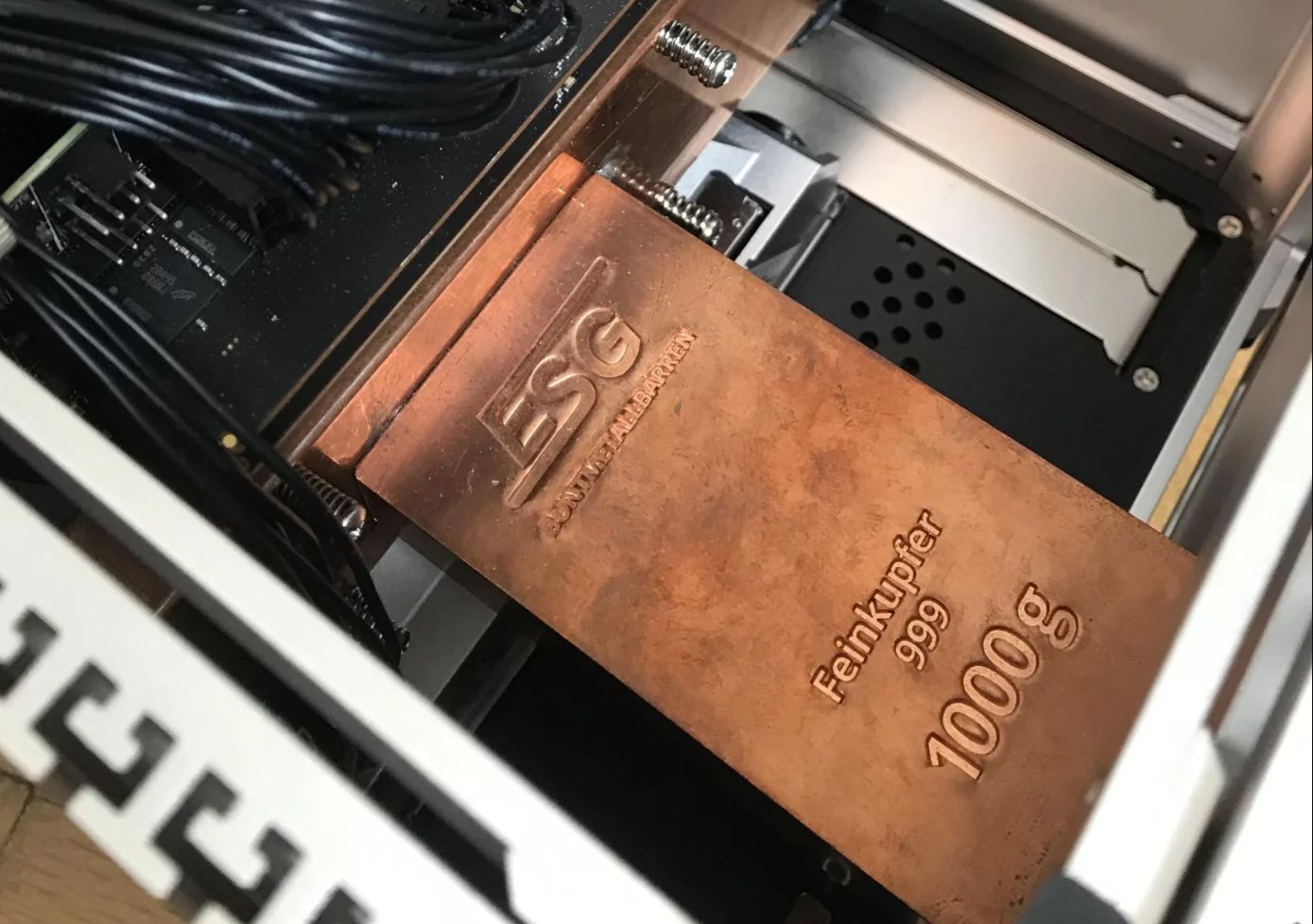Zelda: Tears of the Kingdom walkthrough and guides
The Legend of Zelda: Tears of the Kingdom is more than just a sequel. If its predecessor — 2017’s near-universally hailed Breath of the Wild — taught you to toss out the rulebook, Tears of the Kingdom teaches you to forget it existed in the first place. Within minutes, you’ll learn to rethink nearly all of your preconceptions about how an open-world game functions on a subatomic level.
In other words, there’s a lot to get a hang of.
Link’s new Ultrahand ability arguably presents the most depth, allowing you to fabricate boats, planes, cars, mechs (yes, mechs), and more out of Hyrule’s natural resources. But don’t sleep on Fuse, which lets you combine your weapons with basically anything else you see in the game (errant materials, other weapons, and even bananas, if you really wanna get creative). You can send objects back in time and climb through mountains in seconds. Talk about a cheat code!
Hyrule itself has evolved, too. You start on the Great Sky Island, a mass of land floating miles above the fields and forests of Hyrule. But there’s also an entire underground area pitched in darkness — and yes, illuminating your way through it is an exercise unto itself.
Of course, Tears of the Kingdom doesn’t ignore what came before. You can still leap off a cliff and bust out your paraglider, an action that’s as breathtaking as ever. You can still wield the Master Sword. The shrines — bite-sized dungeons meant to test your knowledge of the game — that defined Breath of the Wild make a return, dotting the expanse of Hyrule in dozens of instances. Hestu remains an elusive scamp. There be dragons.
Tears of the Kingdom is, in essence, a daunting adventure — the sort of once-in-a-generation game that truly stumps you with possibility. We can help. Start by getting an idea of what to do first, then see the best order in which to tackle the story-anchoring “Regional Phenomena” quest. But don’t deny yourself the opportunity to get lost, to poke at its edges, to play and experiment and try things you’d never in a million years think would work. You never know what you’ll learn next.
Source: Polygon


